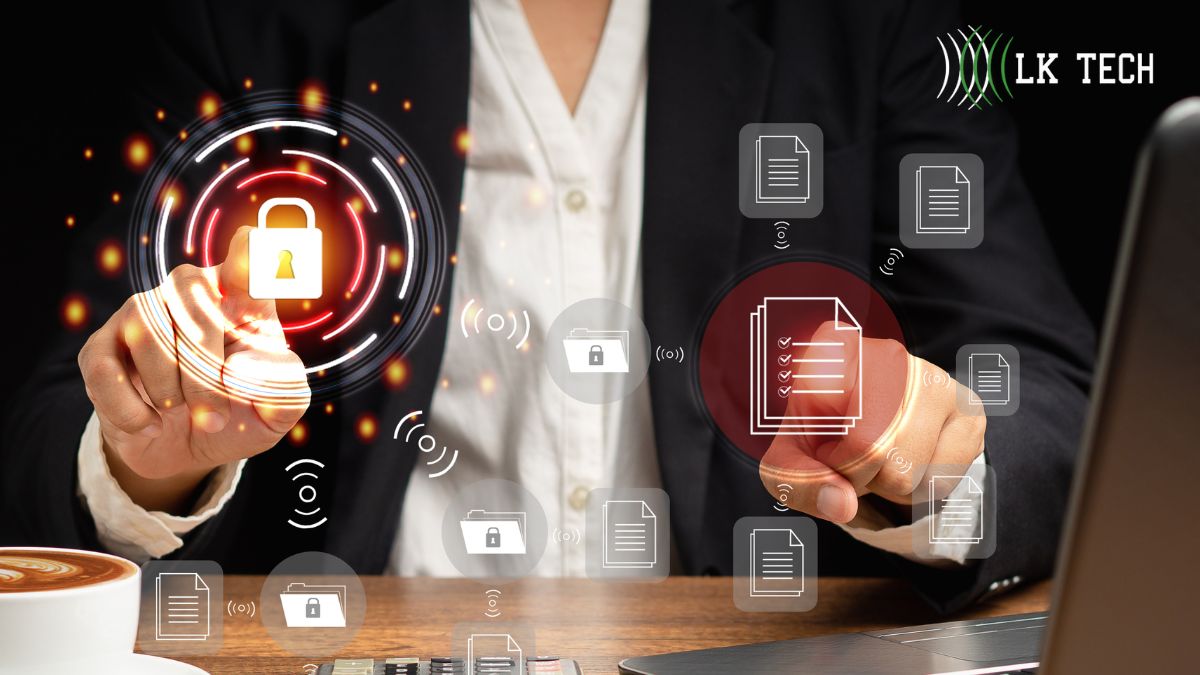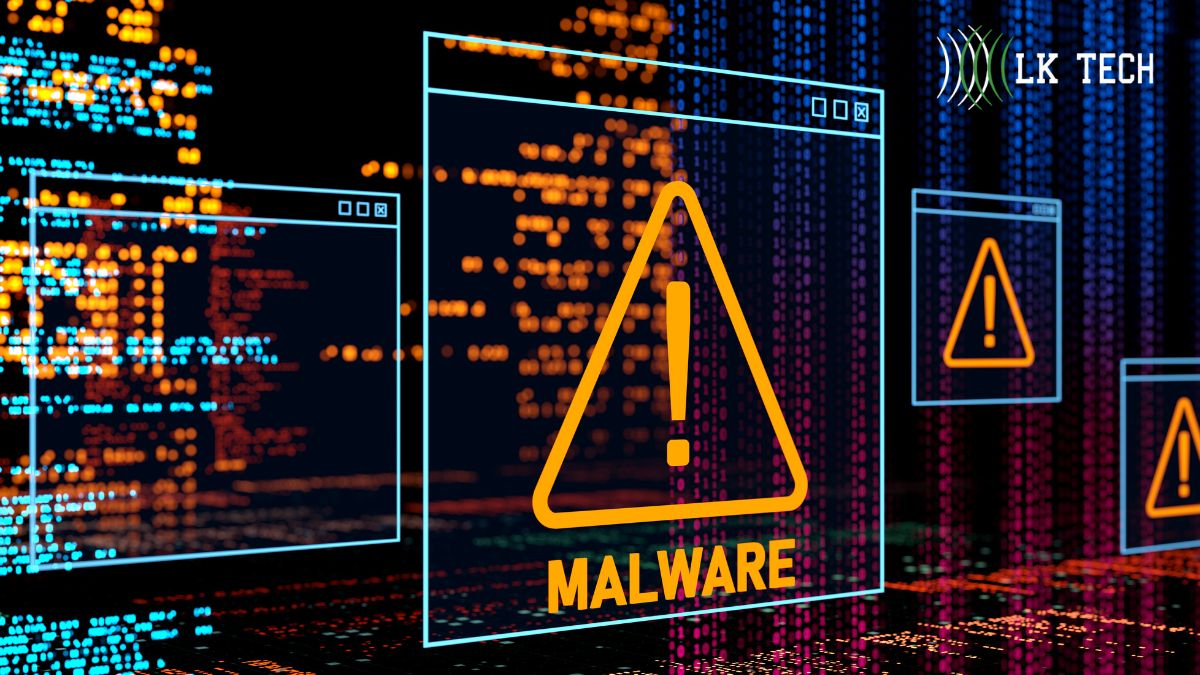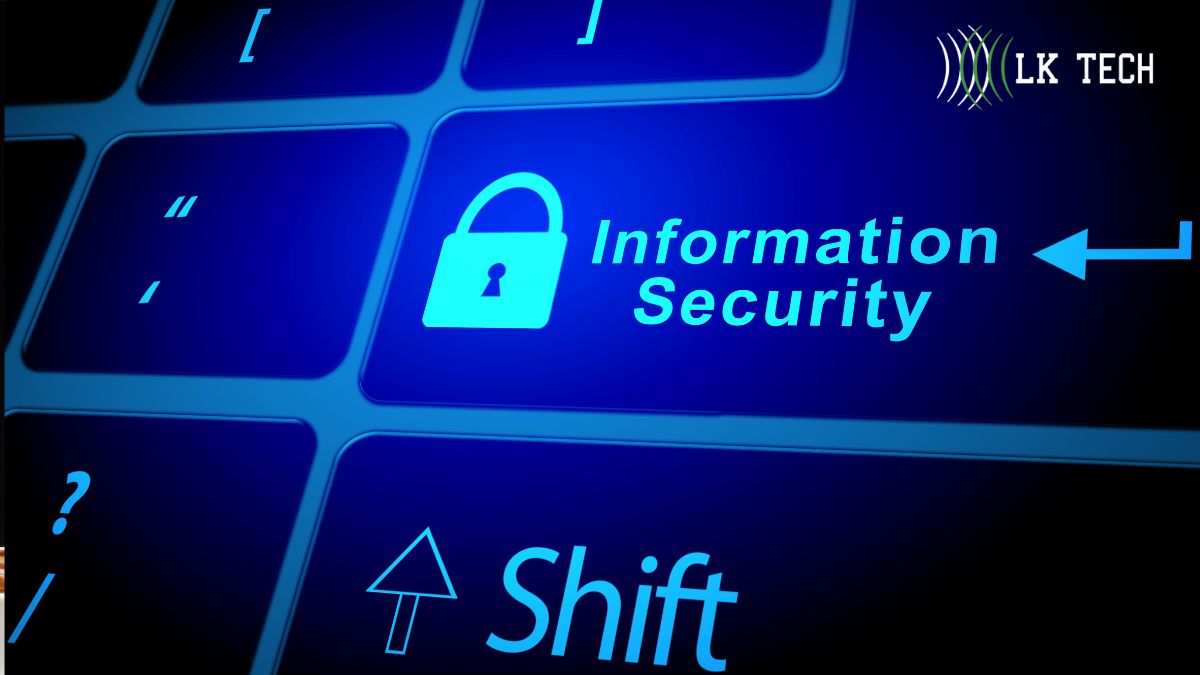Key Points:
- SIEM collects and analyzes logs for visibility, audit trails, and compliance evidence, while MDR adds 24/7 monitoring, expert threat hunting, and guided response.
- SIEM suits teams with in-house analysts.
- MDR fits organizations needing faster detection, external expertise, and round-the-clock coverage.
Every organization handling data, customer info, or sensitive systems faces cyber threats. Tech leaders ask: do we build or buy security detection tools like SIEM? Or do we outsource threat detection + response via MDR?
The answer is crucial. Picking wrong wastes money, slows response, and may leave regulatory or compliance gaps. Up next, we’ll compare SIEM vs Managed Detection and Response head-to-head, exploring strengths and limits, and touch on how terms like Access Control, Encryption, IT Compliance, Security Awareness Training, MSP, RMM tie in.

SIEM vs. MDR Explained
Security Information and Event Management (SIEM) collects logs from identity systems, endpoints, servers, cloud platforms, and SaaS apps. It analyzes these records, groups related events, and produces alerts or reports. Teams rely on SIEM to detect unusual activity, trace incidents, and create evidence for cybersecurity framework alignment and IT compliance.
Managed Detection and Response (MDR) extends coverage with a managed security (SOC) provider. Their analysts watch telemetry around the clock, hunt for threats, and guide containment when alerts trigger. MDR uses tested playbooks and human judgment to act faster than in-house teams working limited shifts.
Both tools address the same goal, catching and stopping attacks, but they solve different pieces. SIEM gives visibility and audit history; MDR supplies expertise and 24/7 response.
Security teams feel the pressure from incident volume, faster attackers, and limited headcount. IBM estimates the 2025 global breach average at $4.4M, showing why quick identification saves costs.
The Verizon DBIR links 60% of breaches to human error or social engineering, making monitoring and staff training a shared priority. Meanwhile, Mandiant’s M-Trends 2025 reports a median dwell time of 11 days, proving that earlier discovery narrows damage and shortens recovery.
SIEM: Visibility, Evidence, and Control (When It Fits Best)
SIEM gives teams a single view for alerts, investigations, and compliance. It works by collecting and organizing security data, then helping staff respond to issues quickly.
Key functions of SIEM:
- Gather events from identity platforms, EDR, servers, cloud control planes, firewalls, and SaaS apps
- Normalize data and map it to rules or analytics
- Trigger alerts when unusual behavior appears
- Let teams pivot across logs, build timelines, and close incidents
- Produce audit trails for access control, encryption, privileged actions, and change events across computer and network security controls.
Where SIEM fits best:
- Organizations that need broad visibility, custom analytics, and detailed reporting
- Teams with in-house analysts or those developing that skill set
- MSP environments that must show centralized monitoring while keeping tenant separation
- Operations that pair RMM for system health and inventory with SIEM for security signals
Using SIEM in these ways helps organizations spot threats early, document compliance, and keep security operations aligned with business goals.
Take note that SIEM value rises when logging scope is broad and alert fatigue stays low. Teams should map use cases to controls first (suspicious MFA failures, privileged logins from new countries, and mass file encryption patterns). It delivers value to the following:
- Detection depth. SIEM correlates identity, endpoint, and network events to reveal sequences a single tool might miss.
- Compliance outputs. SIEM produces reports auditors ask for: user access reviews, privileged actions, encryption control checks, change monitoring, and evidence that Security Awareness Training is active.
- Forensics and timelines. SIEM keeps a searchable history that helps confirm what happened, when, and who or what initiated actions.
Transitioning to a list, here are recurring tasks that keep SIEM useful:
- Use-case design and rule tuning to keep alerts actionable.
- Log onboarding and normalization across identity, EDR, servers, cloud, and SaaS.
- Retention and storage management to meet regulatory windows without ballooning costs.
- Playbook alignment so analysts know the next step after each alert type.
- Reporting and evidence packaging for frameworks and audits.
When SIEM Alone Makes Sense
After seeing differences, here are situations where SIEM alone might be enough or the better choice.
- Strong internal security team exists. If you have SOC analysts and IT Support in Cincinnati or elsewhere skilled in threat investigation, you can manage SIEM, tune it, and respond to alerts.
- High compliance/audit demands. If your industry requires strict logging, long retention, detailed audit trails (financial, healthcare, government), SIEM helps you maintain that record.
- Need centralized visibility across many systems. When you have many logs from endpoints, servers, cloud, applications, having SIEM gives you oversight.
- You already invest in related controls. If you have strong Access Control, Encryption, Security Awareness Training, RMM (Remote Monitoring & Management), perhaps the incremental value of MDR is less heavy. SIEM complements these controls.
- Budget constraints for ongoing service fees. Upfront cost is high, but you avoid recurring service fees. If you prefer owning tools vs paying subscriptions, SIEM fits better.

When MDR (or SIEM + MDR) Is a Better Fit
Here are scenarios where MDR or combining SIEM with MDR makes more sense.
- Lack of in-house cybersecurity expertise. Many businesses, including MSPs or IT Services in smaller markets, find it hard to hire security analysts. MDR gives access to expertise.
- Need for faster detection and response. Breaches detected later cost more. MDR helps shorten dwell time and containment.
- Desire to reduce alert noise and false positives. If SIEM alerts overwhelm your team, MDR can triage, so you only spend time on real threats.
- Regulatory/compliance environments but weak internal processes. Regulations may require you to respond, not just log. MDR helps fill capability gaps.
- Small and medium businesses using outsourced help desk services or MSP services. If you’re getting outsourced IT service or MSP , IT services in Cincinnati, Mason IT Services, or outsourced IT service, you might not have an internal SOC or full compliance team. MDR can integrate with your MSP or with your existing RMM tools.
- Proactive security posture preferred. If you want threat hunting, active response, behavior-based detection (versus only rule or signature based), MDR offers these.
Hybrid & Combined Approach: Best of Both Worlds
Often the strongest path is combining SIEM + MDR:
- Use SIEM for visibility, compliance, and centralized log collection.
- Overlay MDR so external experts monitor, respond, and hunt.
This gives compliance, visibility, and response speed.
Many providers offer managed SIEM (SIEM platform + expert support) or SIEM + MDR bundles. That lowers internal burdens while keeping control.
Associated Security Controls That Still Matter
Even if you pick SIEM or MDR (or both), other controls stay essential. These help both tools work well and improve your security posture.
- Access Control: Limit who can access data and systems. Use least privilege and strong authentication. This reduces the attack surface.
- Encryption: Protect data at rest and in transit. Encryption shields information even if someone gains access.
- Security Awareness Training: Many breaches come from human mistakes. Training staff reduces phishing and credential misuse.
- IT Compliance: Keep documented policies, audits, and standards. Compliance meets legal rules and improves process maturity.
- RMM (Remote Monitoring & Management): Maintain endpoints and deploy patches. Monitor system health and provide data for SIEM or MDR.
Cost & Implementation Considerations
Getting SIEM or MDR running involves more than just picking a vendor. Practical costs and challenges include:
- Time to deploy and tune a SIEM: Setting up a SIEM takes planning and effort. Customization, log source onboarding, rule creation, and dashboard design can take several months.
- Storage costs: SIEM platforms generate large volumes of logs. Retention policies and storage, whether on-premises or in the cloud, can add significant cost.
- Vendor or service contracts: Managed Detection and Response providers work under service level agreements. These contracts define what is included, such as response and remediation, and how quickly they act.
- Integration with existing tools: A SIEM should connect with RMM systems, endpoint protection, encryption solutions, and access control platforms. Proper integration ensures full visibility.
- Trust and transparency: Outsourced services still require oversight. Providers should share log access and explain their actions so you understand how they protect your environment.

How to Choose: A Short, Actionable Checklist
Decision pressure eases when you compare options against real constraints: coverage needs, response expectations, and staff. Use the checklist below to get to an answer without spending months evaluating tools.
Answer these questions with stakeholders
- What’s the must-have outcome? (24/7 response vs. audit-grade reporting vs. both)
- Who will stare at alerts at 2 a.m.? (internal vs. MDR)
- What telemetry do we already own? (EDR, identity, firewalls, cloud)
- What compliance evidence do we owe this year? (access reviews, encryption proof, log retention)
- What Service-Level-Objectives do we need? (investigation start time, containment time)
- What’s the budget ceiling this year and next? (Opex for MDR, storage for SIEM)
Pick a path
- Go SIEM-first if in-house analysts exist and audit reporting is urgent.
- Go MDR-first if response time and night coverage are the pain points.
- Run both if you need evidence and speed; start with identity + endpoint telemetry, then expand.
Build a Practical Stack: SIEM + MDR + Hygiene
Many organizations land on a combined approach:
- SIEM for visibility and evidence
- MDR for 24/7 detection and response
- RMM for patching and asset accuracy
- Security Awareness Training to cut phishing risk, hardening through Encryption and Access Control across devices and cloud
That stack gives IT support teams clear paths to fix issues, while security operations own hunts and incidents. The result is fewer blind spots and faster decisions during high-stress events.
Get the Basics Right First
Set these as near-term projects before adding advanced analytics:
- Identity hardening with MFA, conditional access, and privileged access controls.
- Endpoint baselines with EDR, disk encryption, and least privilege.
- Email protection with phishing controls and DMARC.
- Backup integrity, with immutable copies and tested restores, limits ransomware impact.
When the basics hold, deepen detections:
- Token theft and session anomalies across identity providers
- OAuth abuse and risky third-party apps in cloud productivity suites
- Data exfiltration patterns in object storage, databases, and SaaS exports
- Service account misuse detected by unusual access or impossible schedules.
Frequently Asked Questions
Can MDR replace SIEM?
MDR cannot fully replace SIEM. MDR provides 24/7 monitoring, investigation, and response but relies on a tech stack and does not serve as the central log system. SIEM remains essential for enterprise log collection, retention, forensics, and compliance. Many organizations use them together.
Is an MDR the same as a SOC?
No. An MDR is not the same as a SOC. MDR is “SOC as a service,” where an external provider delivers 24/7 monitoring, threat analysis, and response. A SOC is the organizational team or function itself. Even with MDR, the organization still owns policies, decisions, and IT/IR integration.
What is EDR vs SIEM vs MDR?
The main difference between EDR, SIEM, and MDR is scope. EDR focuses on endpoints, detecting and responding to malicious activity on devices. SIEM aggregates and analyzes logs across systems for visibility, investigation, and compliance. MDR is a managed service that combines tools like SIEM and EDR with expert analysts to deliver 24/7 detection and response.
Drive Better Cybersecurity: Work with Professionals
Choosing between SIEM and MDR takes more than a quick comparison. Reliable technology solutions in Cincinnati help companies set up SIEM tools, integrate MDR services, and align them with access control, encryption, and awareness training. A clear plan keeps visibility high and response times low.
LK Tech offers guidance to match these solutions with your goals and resources. Contact us today to explore how our team can help you build a safer, more resilient cybersecurity posture.


